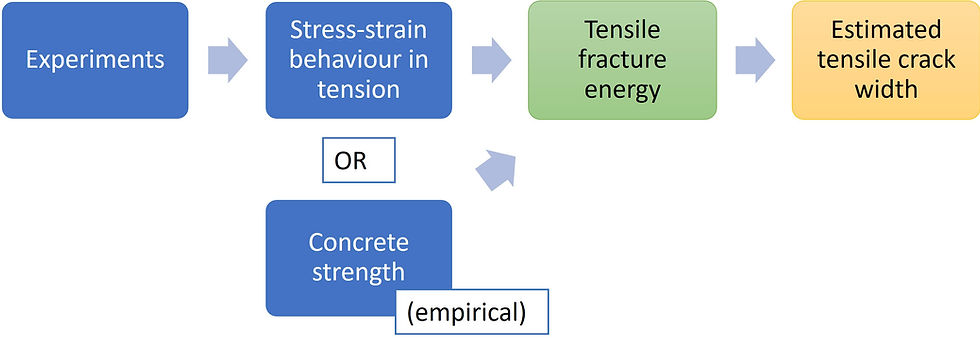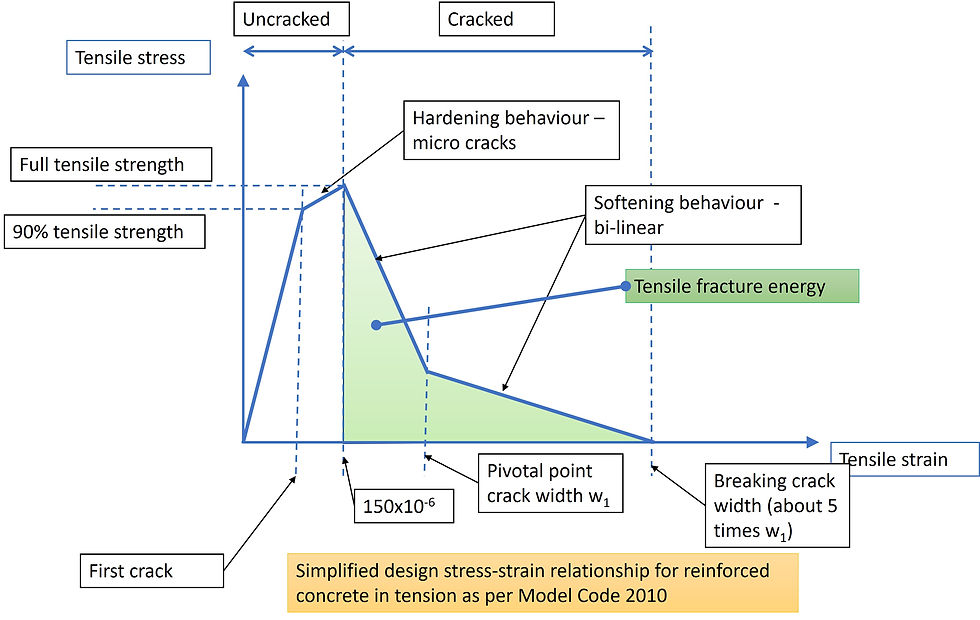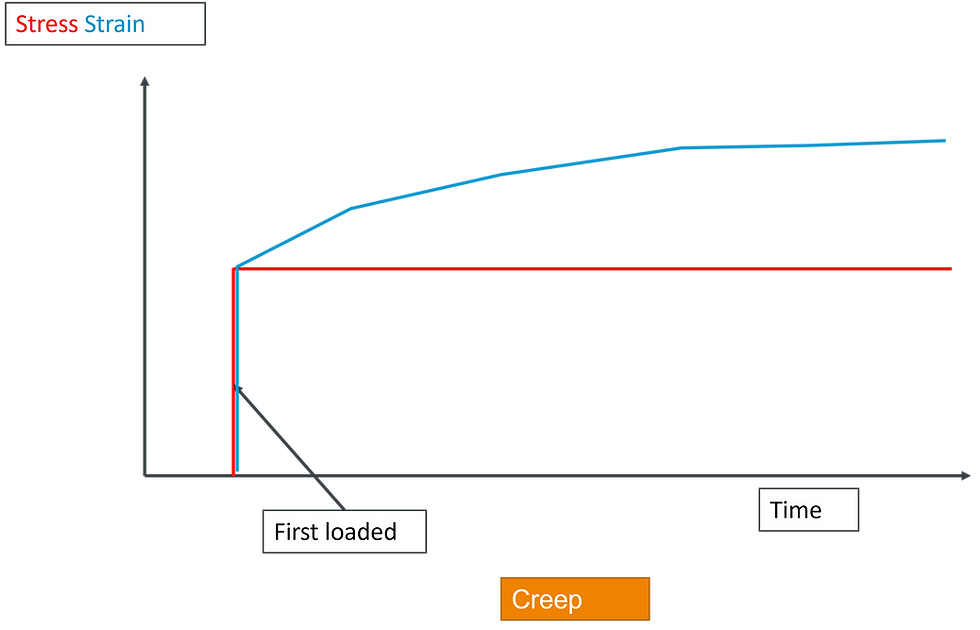Concrete behaviour in tension (2)
- Si Shen

- Aug 25, 2021
- 2 min read
Updated: Apr 2
What’s the stress-strain behaviour of concrete in tension? The answer can not be found in Eurocode 2. This previous blog explained the behaviour based on Fib Model Code 2010.
This blog post goes further to explain how tensile strain could be linked with expected crack width for the purpose of serviceability design.
How much to convert strain in to crack width?
This previous blog post explained the stress-strain behaviour of concrete in tension. Although this behaviour is easy to adopt for Ultimate Limit States, when we design concrete structures that have additional Serviceability Limit Criteria imposed, such as crack width limits, we tend to get lost again – we are not sure if how crack width relates to the predicted strain that comes out of the model. As a result, engineers normally adopt two approaches, each being conservative to a different degree:
Linear elastic analysis. Linear elastic analysis assumes concrete has constant stiffness in tension and compression regardless of strain, and has infinite tensile strength. This assumption is obviously inaccurate, although is usable in certain situations. See this previous blog about the difference in behaviour for concrete between tension and compression.
Linear elastic analysis with equivalent stiffness. The designer adopts a manual reduction to the section stiffness when it is subject to tension. However, the accuracy of this approach is low because usually only a few flat rate stiffness reduction is feasible.
Even if the less conservative 2) is used, chances are there are still great potentials for optimisation. This begs the question – how can tensile strain be converted into crack width? The answer to this question can not be found in Eurocode 2. Once again, Fib Model Code 2010 provides a very important clue – the expected crack width could be linked with fracture energy.

Fracture energy
The concept of fracture energy comes from fracture mechanics, which studies when and how materials break apart. Energy = Force X Distance. Fracture energy is the energy that is dissipated by a material through breaking apart (fracture or crack). Force is stress in another form, and distance strain in another form. Therefore, for the tensile behaviour, the fracture energy of concrete is the integration of stress and strain, i.e. the area enclosed by the stress-strain curve in the tension area. The stress-strain curve can be determined by uniaxial tension test, or inferred by a bending test.
The fracture energy should ideally be based on experimental data for each specific case, but alternatively, it has direct empirical correlation to the strength of the concrete. For bar reinforced concrete, relevant equations can be found in Fib Model Code 2010. For fibre reinforced concrete, there are papers available to provide empirical relationship.





Comments